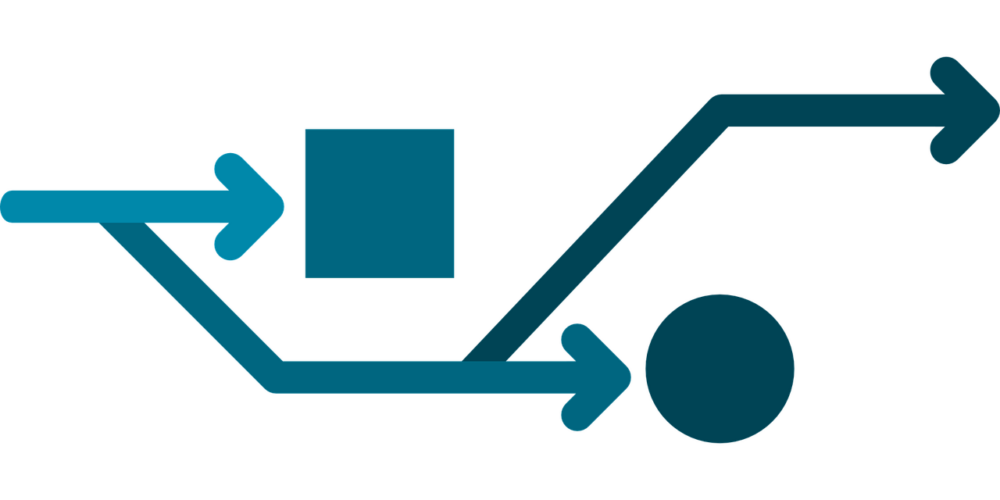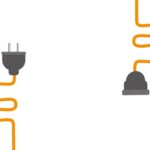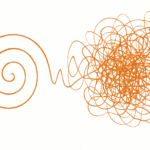Are you a complacent incumbent? You’re inviting disruption

Disruption, says Scott Galloway, is more about the incumbents than the disruptors. What does the Stern School of Business professor mean? In his words: “Disruption is driven by stasis and the incompetence of incumbents.”
We have seen this again and again. Take the taxi rides business. Sure, Uber arrived with a game-changing business model and a super user-friendly ride-hailing app, but the old taxi industry was inviting disruption. Expensive, inconvenient and inefficient, it was only used by a small segment of riders. The arrival of Uber and a flotilla of similar services opened the floodgates. Now a whole lot more people use taxis around the world.
Netflix brought streaming into play around the world. But what was it disrupting? A decades-old linear TV business that was definitely in stasis, certainly—but cable and satellite TV had already wrought their own disruption. They too, were not good enough, with monopoly power and pricing still prevailing. Now, Netflix, Disney, Amazon, Apple and many others compete for your eyeballs. There is more variety on offer than ever before—not least in African shows created by Africans, who were locked out for ages prior to streaming.
You may be old enough to remember pre-mobile banking. A requirement to do most things in-person at branches. Ink signatures for everything. Limited working hours. Universal need for cash. Endless paperwork. Now, most people can do most of their banking from mobile apps, whenever they want. I think we are all happier, but who brought about this disruption? M-Pesa and various other fintech players, certainly. But what gave them the confidence to make huge investments and confident market entries? The knowledge that there was a badly served market right there for the taking.
Incumbent banks were saved from extreme disruption because money is a heavily regulated sector. And to their credit, they have responded well of late, emphasising their own convenient digital offerings and cutting out much of the old red tape and frozen thinking that caused so many frictions.
Banking, transportation, media, entertainment—all were stuck in comfortable, cosseted worlds where old players called the shots and set the rules. Viewed superficially, we might say new tech plays rocked them. But never forget—their own inefficiencies brought about the opportunity, and allowed tech to create fresh, efficiency-eliminating business models. The incumbents could have brought about the transformations themselves—but chose not to at the time.
That takes me to another kind of disruptor: one with the foresight to disrupt itself. IKEA was a massive game changer back in the day. I remember when it arrived in the UK when I was a young professional there. Massive furniture stores with stylish Swedish designs, and really low prices? We flocked there. The only catch? You had to buy your pieces flat-packed, cart them home yourself, and then assemble everything personally. But the assembly was easy, so we all did it. IKEA wiped the floor with many furniture incumbents.
The 2020s are a different place, though, and IKEA’s CEO Jesper Brodin gets it. He recently told the FT that busy young couples with children are not going to visit big, faraway IKEA stores for smaller needs. So he has led a big investment in the online business, smaller local store concepts, home delivery—and even furniture assembly in the home, for an extra fee. Why did he do this? Because he could feel the looming disruption of the disruptor, by online-first players.
“Love the past, create the future” is Brodin’s mantra at IKEA. Many CEOs should take it up. We should only love those parts of the past that are timeless, and that serve our future. The rest of your past? Let it go, and start looking to what’s coming. Every CEO should take a very hard look at the current business model, and especially at what may be ripe for disruption.
Where do you take too long to do things? Where do you inconvenience your customers most? Where in the customer journey is there the most friction, caused by old ways of doing things? Which parts of your organisational culture are excellent, and to be honoured—and which ones belong in the bin? What worked way back then, but just blocks you in the here and now? And, raise your heads and look around: who is building up a head of steam on the fringes of your industry—and are you and your fellow incumbents giving them a free pass by not changing fast enough?
Are those questions being asked in your business? Probably not, because criticising yourself is the hardest thing to do, especially when the bottom line is still strong and your numbers look like they are holding up. Remember what I wrote here a few weeks ago, though: companies decline gradually, then suddenly. The gradual part usually comes from complacency and lack of hard-nosed introspection.
The best leaders know this, they know it ahead of time—and they act on it before it’s too late.
(Sunday Nation, 6 August 2023)

Buy Sunny Bindra's new book
The X in CX
here »
Popular Posts
- The pause that saves usJune 8, 2025
- Where are you rushing to—your funeral?June 29, 2025
- How to spot a real thinkerJune 15, 2025
- Built the app, forgot the flowJune 22, 2025
- The first push is the hardestJune 1, 2025















